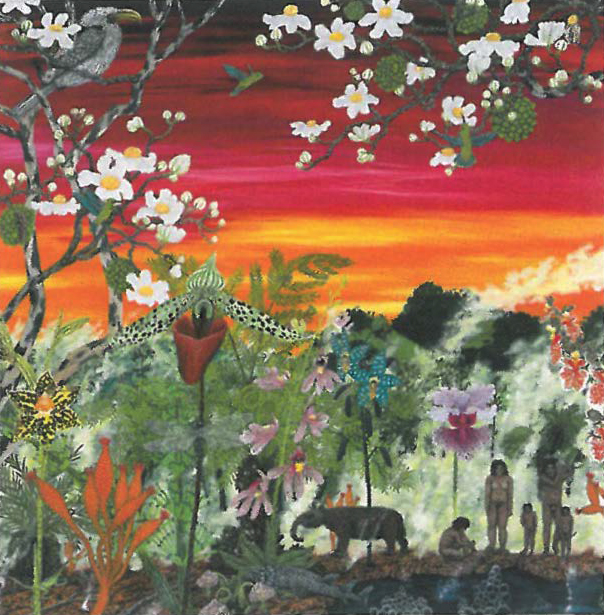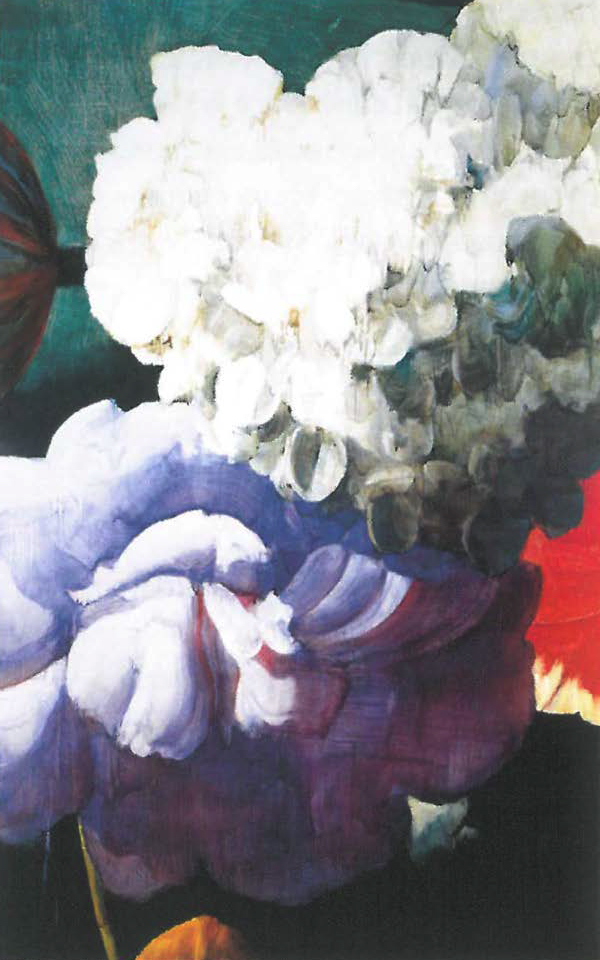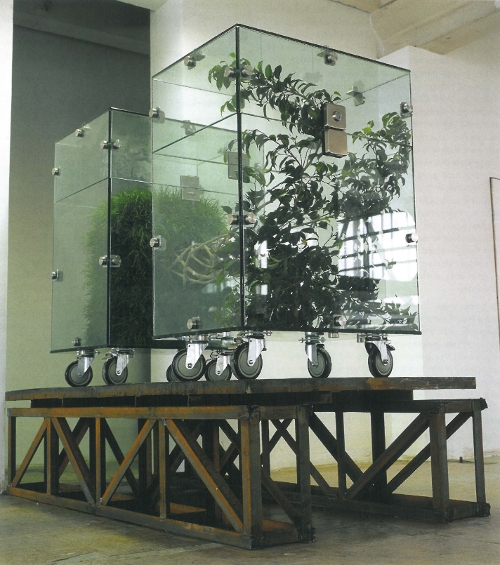
As part of its program of rebuilding and expansion, the State Library of Victoria has opened a formal, well appointed exhibition space off its front foyer, the Keith Murdoch Gallery. Over the past year this space has brought first rank exhibitions into the Melbourne CBD, often interacting with the historical content traditionally associated with the library such as Tim Bonyhady's Burke and Wills exhibition From Melbourne to Myth or the inhouse generated Kelly Culture: Reconstructing Ned Kelly, or focusing on the documentary and social tangent of library activities. Like the Postmaster Gallery, it uses the visual to raise important questions amongst a city audience and can be seen as a positive augmentation of the city's' visual experience, which it both documents and generates.
Conversely, the gallery could also form part of what some people are facetiously calling the 'Mussolini Library', where the unglamourous functional parts of the library and its non-A-list users are swept towards the back of the library, and public ambulatory spaces for functions take up those areas nearer to the front. Many Melbournians mourn the loss of the former arts library with its stunning Victorian fittings and its windows that allowed contact with real air and light and a view of the world outside. However, it is a longstanding Melbourne delusion that culture is solely the amenity and perquisite of the A-list and the library, as a major institution, plays a part in spinning such a narrative. The exhibition space is free and accessible and, with its good sized space, must be counted as an asset to the city's intellectual and visual life generally.
The gallery recently hosted an adroit and pleasing exhibition from the Monash University Museum of Art, which will be touring to various regional venues. Hothouse was a diverse collection of contemporary artworks of respectable pedigree in many media. The artists who were the 'must haves' were there, indicating the pervasiveness of botanical themes in contemporary Australian art and that, as in seventeenth century Holland, serious intellectual and philosophical questions are played out through the surface disguise of the apparently everyday flower. The flower is used as metaphor, for its own sake and as part of the mise en scene of contemporary life from Jo Grant's photograph of perfect camellias at an agricultural show, plucked from their bushes and placed in that longstanding metaphor for female virginity: the clear, clean glass of water to Anne Wallace's magnolia at the corsage of a sultry painted beauty, a flower infused with a whole universe of remembered parallels in popular cultural narratives.

Tim Maguire was an obvious contender, and in some ways the show highlights the rationale of the development of his art and his recent concentration on floral themes. Other high profile commentaries on flowers and things botanical were included. Louise Weaver has currently cornered a slice of the contemporary visual experience with her ironic reworking of the natural world into physical and abstracted objects through meticulous craftwork skills. Rosemary Laing is rapidly accruing a position as a crossover artist whose works have a highly developed theoretic and technical integrity and yet concurrently have an unfailing iconic power and logic that stops ordinary viewers in their tracks. Her images of carpets placed in Australian landscape and wilderness settings speak specifically about Australian memory and conditions, the long history of environmental irresponsibility in this country and the ironies of Australian white attachment to the fertile and temperate South Eastern seaboard. They also speak of universal dichotomies tame/wild, civilisation/nature.
Christopher Langton's twirling daisies were as expected as Maguire's, Laing's and Weaver's floral visions, commenting upon a different but no less viable route through which the natural is mediated into the contemporary urban experience. Recently these same kinetic daisies and his giant rockflowers lent an unexpected truth to the otherwise rhetorical name of the new 'Victoria Gardens' shopping centre (built on the site of a factory owned by UK armaments giant Vickers Ruwalt), when they were used to embellish the shopping mall at its opening. They were at home there in an obvious fashion amongst the other ceaseless movement and light as they celebrated the values of the space in which they stood, but also ironicised the same space and questioned the underlying values of the options that it offered. This was another instance of the fluid translation of values between contemporary art and everyday experience that would have been impossible four decades ago, and were so perfectly encapsulated by Hothouse.
A number of issues predispose the flower to form a subject of current specific resonance. Environmentalism has become a constant referent in any thoughtful consideration of the nature of current Australia. Postcolonialism not only foregrounds consideration of the impact of settlers on the physicality of pre-invasion Australia - but it encourages exploration of certain formats of visual documentation that were tied into the colonial project, topography, scientific and botanical draftsmanship. Flowers were often key signifiers of the identity of place, and the way in which it could be subjugated to the controlling eye. In such practices the visual arts were essential partners. At the other end of the spectrum there is an interest in pattern design surfaces, textiles and wallpapers and taking those practices into different and often expanded - in scale and conception - context. Flowers are as central to product design as to colonial forms of knowledge. Feminism, popular culture and the erotic are also part of the heady mix and a general art historical reference to the importance of the flower in the art experience generally, as there is also much that is truly poetic and eloquent but always in a current idiom.












